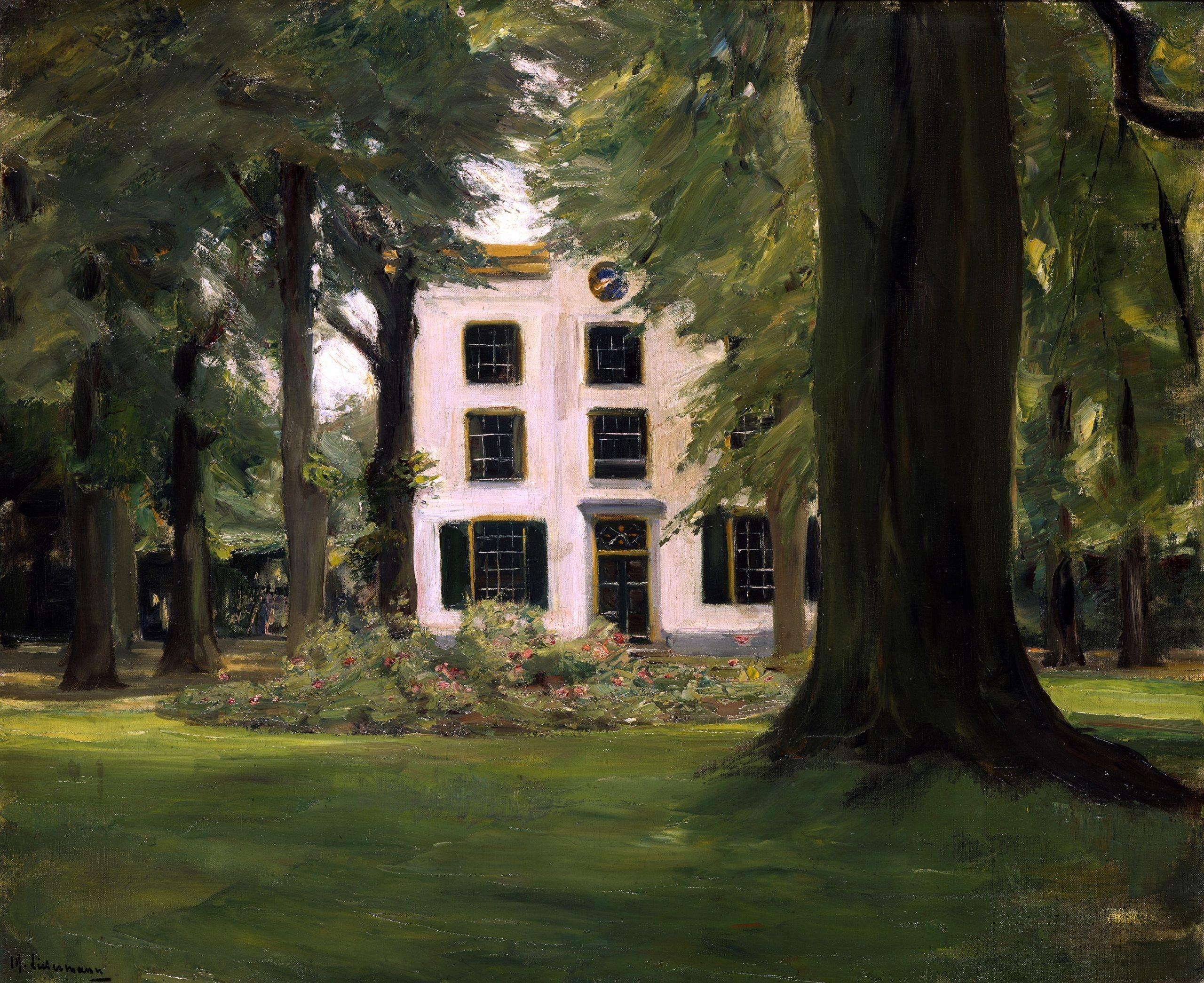The emergence of the Secession movements at the end of the 19th century meant nothing less than a revolution in the art system. The emergence of modernism was directly linked to Gustav Klimt in Vienna, to Franz von Stuck in Munich and to Max Liebermann in Berlin. The Secessions emerged in German-speaking countries in 1892 in Munich, 1897 in Vienna and finally in 1899 in Berlin at close intervals in time and with multiple overlaps in personnel.
The traditional structures of state subsidies and exhibition systems with juries based on the criteria of the royal art academies were rejected; the artists strived for freedom. Despite the diversity of the artistic approaches of this avant-garde, the aim was the liveliness and diversity of artistic expressions with a decidedly international orientation.
The exhibition includes around 200 paintings, sculptures and graphic works by relevant artists. Through the cooperation with the Vienna Museum, Klimt's oeuvre with over 50 works will be the focus of the exhibition. In addition, the artists of the Secessions from Dora Hitz to Käthe Kollwitz form another focus.
The exhibition is made possible by the Friends of the National Gallery with the support of White & Case LLP.
A special exhibition by the Nationalgalerie – Berlin State Museums in cooperation with the Vienna Museum
More information about the exhibition
Image credits: Max Kurzweil, Lady in Yellow, 1899, oil on canvas, 171.5 x 171.5 cm, Vienna Museum © Birgit and Peter Kainz, Vienna Museum | Max Liebermann, Country House in Hilversum, 1901, oil on canvas, 65 x 80 cm, © National Museums in Berlin, Nationalgalerie / Jörg P. Anders
